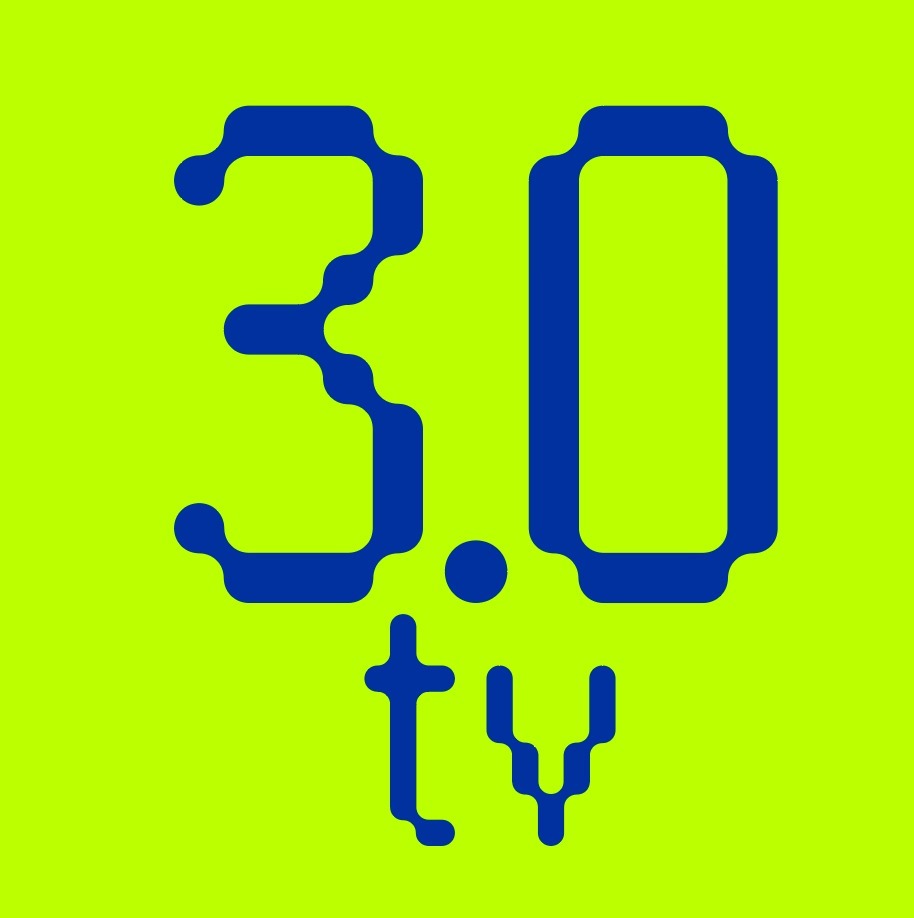You need to login in order to Like
Asset Tokenization in Metaverse
By Vishakha Thakur
Tokenization & Metaverse- both terms are quite popular in the world of web3.
But have you ever thought as to how these two technologies are related to each other?
With the rising popularity of virtual worlds, tokenization too is catching attention.
Creators of Metaverse has been a virtual space that includes advanced technologies such as augmented reality, virtual reality or mixed reality, are exploring the world of tokenization mainly known for transforming virtual assets into digital tokens on a blockchain.
In the following article, let’s dive into how tokenization and metaverse are related to each other.
Asset Tokenisation & Metaverse
Tokenization is useful for expressing virtual assets like virtual real estate, digital art, and in-game accessories as transferable and unique tokens. These unique tokens are extremely valuable since they are scarce, authentic, and have ownership rights, making them ideal for the metaverse ecosystem. With tokenization, there are numerous options in the metaverse realm.
What are the key benefits of Asset Tokenization & Metaverse?
Tokenization in the metaverse is all about value and ownership. The key benefits include transparent ownership, interoperability as well as fractional ownership.
● Interoperability
● Transparent Ownership
● Fractional Ownership
Interoperability
Interoperability has been a challenge in the metaverse ever since its inception. Notably, with the help of tokenization, metaverse can be a step closer to interoperability across various different metaverse platforms. It will be a lot easier to trade digital tokens across various platforms which will improve their utility and growth in value.
Transparent Ownership
Ownership is one of the most important factors in respect to tokenization as it provides the proof of authority. Blockchain technology secures and validates ownership rights, removing conflicts and ensuring users have complete control over their digital assets. Having transparent ownership seldom helps in building trust and facilitates the seamless transfer of ownership between different users.
Fractional Ownership
Fractional ownership and investment are two important aspects of tokenization in respect to metaverse. Fractionalisation means that multiple people can own a portion of an asset by dividing it into smaller tokens. By using divided ownership, one can invest in profitable assets including virtual real estate, artwork, or in-game items even if they do not have the funds to buy the entire asset.
How can a virtual asset tokenization platform be created?
With the help of Tokenization, one can easily create a decentralised marketplace in the Virtual world. These enormous platforms allow all the users to trade, sell as well as buy virtual assets. There are various benefits that tokenization offers such as peer to peer transactions so that there is no requirement of any mediator along with the reduced transaction fees. In this way, users or the creators can monetise their work.
Digital collectibles
The concept of having digital collectibles in the metaverse is popularised with using non-fungible tokens. NFTs are used to represent distinct assets such as virtual artwork, virtual fashion items, and limited-edition in-game products. Tokenization provides digital treasures with established scarcity and authenticity, making them highly desirable among collectors. The ability to exchange and prove ownership of rare virtual things has fuelled a thriving industry for digital collectibles.
Intellectual Property Rights
Virtual asset tokenization enables creators to retain ownership and control over their virtual assets even after they have been sold or swapped. Smart contracts embedded in tokens can enforce royalty mechanisms, paying creators a portion of future transactions involving their assets. This not only empowers but also ensures that creators continue to benefit from their work as it becomes more popular in the metaverse.
You need to login in order to Like

















